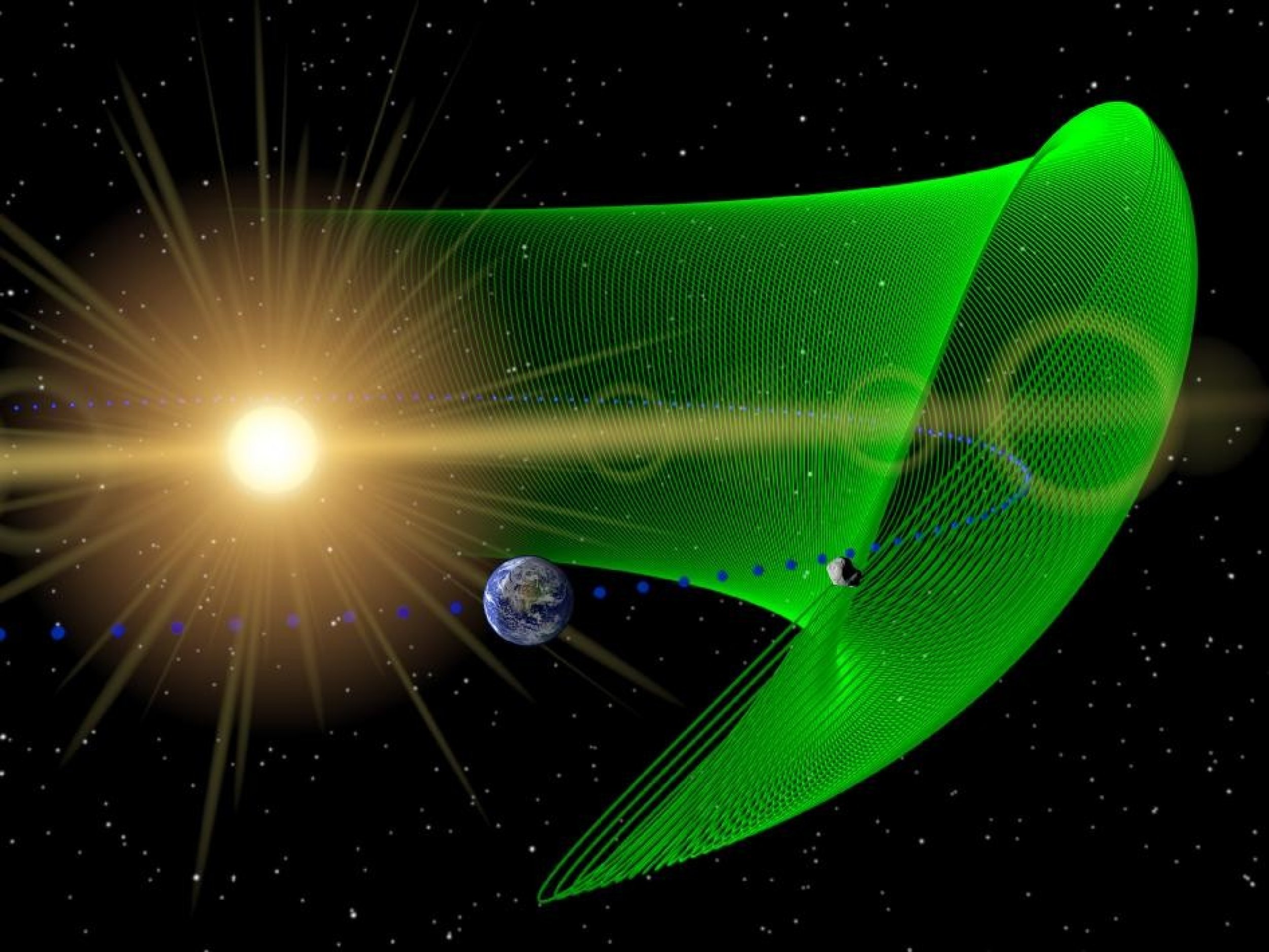Trojan Asteroid Shares Earth's Orbit Around the Sun [PHOTOS & VIDEO]
Astronomers discovered the Earth has a Trojan asteroid friend with which it does the sun dance.
Trojans are asteroids that share an orbit with a planet, and circle around the sun in front of or behind the planet. They ride in the same orbit as a planet and never cross its path or collide with it.
Asteroid 2010 TK7 was discovered by NEOWISE, the asteroid-hunting section of NASA's WISE mission. It was confirmed as the first Earth Trojan after follow up observations with the Canada-France-Hawaii Telescope on Mauna Kea in Hawaii, NASA said.
Scientists have for some time thought Earth should have Trojans. However, those kinds of asteroids were hard to find because they are relatively small and appear near the sun from Earth's point of view, according to NASA.
The new discovery can be read in the July 28 issue of the journal Nature.
"These asteroids dwell mostly in the daylight, making them very hard to see," said Martin Connors from Athabasca University in Canada, in a statement from NASA. "But we finally found one, because the object has an unusual orbit that takes it farther away from the sun than what is typical for Trojans."
Connors is the lead author of a new paper on the discovery.
Asteroid 2010 TK7 is about 1,000 feet (300 meters) in diameter, has an unusual orbit, and is about 50 million miles (80 million kilometers) from Earth. It has an extreme orbit that takes it far above and below the plane of Earth's orbit. It has a well-defined orbit and for the next 100 years, won't come closer to Earth than 15 million miles (24 million kilometers).
Trojan asteroids also share orbits with other planets in our Solar System to include Neptune, Mars and Jupiter.
WISE was able to spot 2010 TK7 because of its unusual orbit that takes it as far as 90 degrees away from the sun, according to NASA.
According to the space agency, the WISE telescope scanned the entire sky in infrared light from last January to February this year. The NEOWISE project has observed more than 155,000 asteroids in the main belt between Mars and Jupiter, and more than 500 NEOs, discovering 132 that were previously unknown, NASA said.
"It's as though Earth is playing follow the leader," said Amy Mainzer, the principal investigator of NEOWISE at NASA's Jet Propulsion Laboratory in Pasadena, Calif. "Earth always is chasing this asteroid around."
But don't expect NASA to plan a visit to asteroid 2010 TK7 any time soon.
Earth's first Trojan wouldn't be a good target for robotic or human exploration because it travels too far above and below the plane of Earth's orbit, and would require large amounts of fuel to reach it.

© Copyright IBTimes 2024. All rights reserved.






















